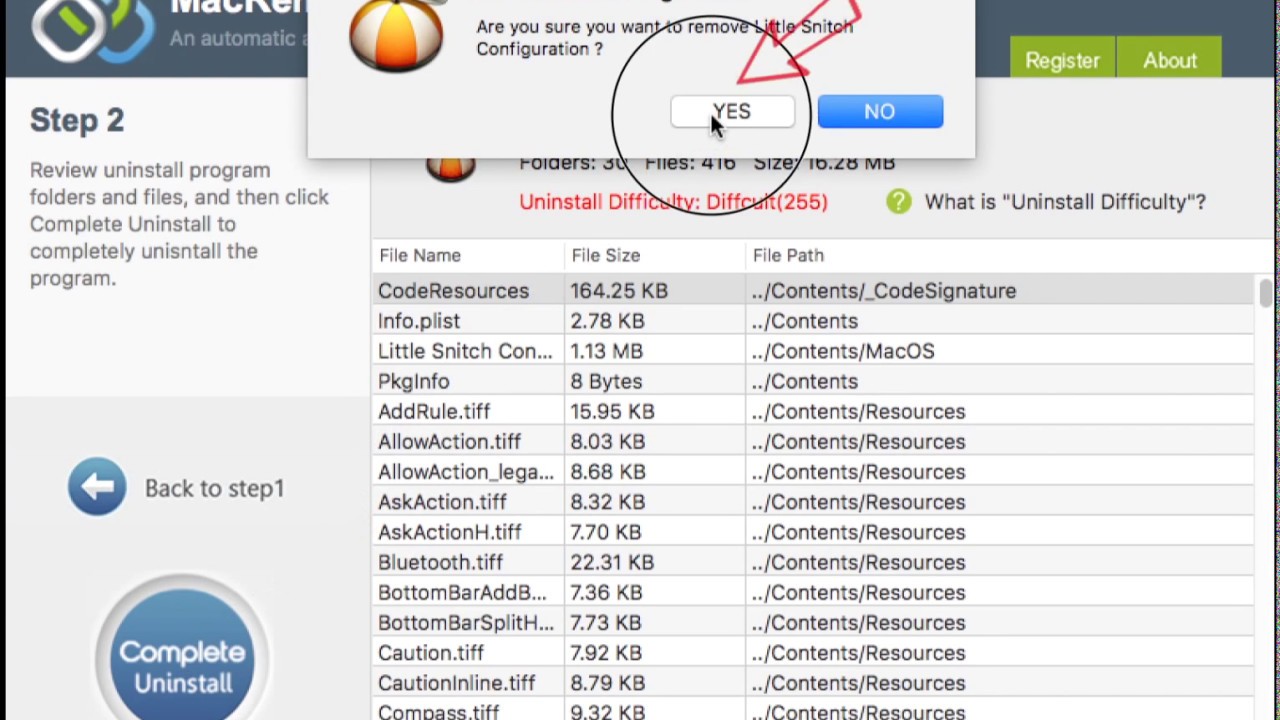

“/Applications/FileMaker Pro 9/FileMaker Pro.app/Contents/MacOS/FileMaker Pro” For example, to add FileMaker to the list of trusted apps you use something similar to the following, pointing to the binary, not the app bundle: You can also use the command line to add a trusted application using the -t option followed by the path to and then the actual application to be trusted. You can view trusted applications using socketfilterfw with the -l option although the output can be difficult to read and so you can constrain it using grep for TRUSTEDAPPS as follows: When an application is allowed to open or accept a network socket, it’s known as a trusted application – and ALF keeps a list of all of the trusted applications. ALF works not by the simple boolean means of allowing or not allowing access to a port but instead by limiting access by specific applications, more along the lines of Mandatory Access Controls (although not yet using the MAC framework). The socketfilterfw command, in this same directory, is the command that actually allows you to manage ALF. As you can imagine, the settings for ALF can be configured from the command line as well. These will start and stop the firewall daemon (aptly named firewall) located in the /usr/libexec/ApplicationFirewall directory. Launchctl load /System/Library/LaunchAgents/.plist Launchctl load /System/Library/LaunchDaemons/.plist Launchctl unload /System/Library/LaunchDaemons/.plist

Launchctl unload /System/Library/LaunchAgents/.plist Stopping and starting ALF is easy enough, whether the global state has been set to 0 or 1, done using launchd. You can also configure the firewall from the command line. You can enable the firewall simply enough by using the defaults command to augment the /Library/Preferences/ file, setting the globalstate key to an integer of 1:ĭefaults write /Library/Preferences/ globalstate -int 1 Instead, you are meant to use the Application Layer Firewall (we’ll call it ALF for short), which is what you configure from the Security System Preference pane. The traditional way is to use ipfw, although this isn’t the default way in 10.5 and above. Mac OS X 10.5 and Mac OS X 10.6 have a multitude of ways to keep data from coming or going from a system.


 0 kommentar(er)
0 kommentar(er)
